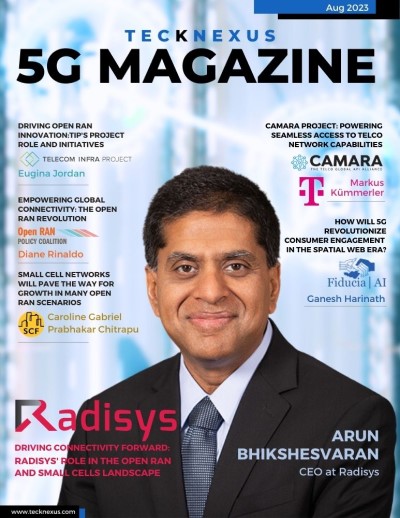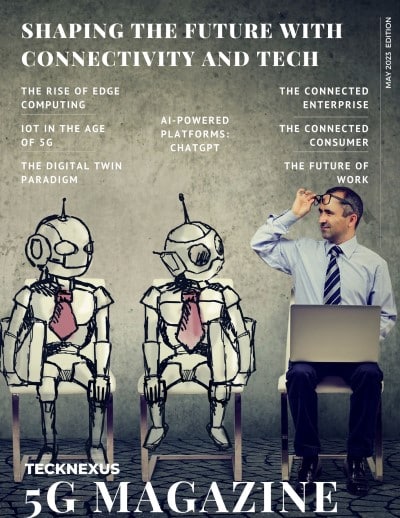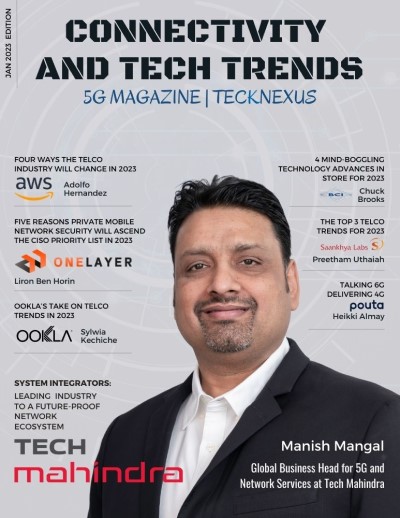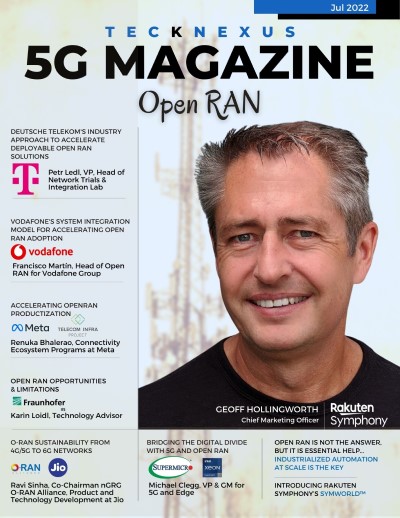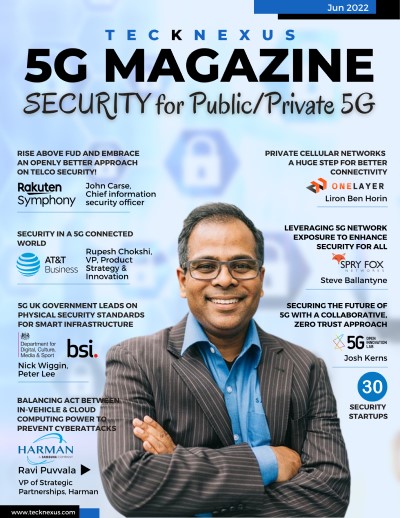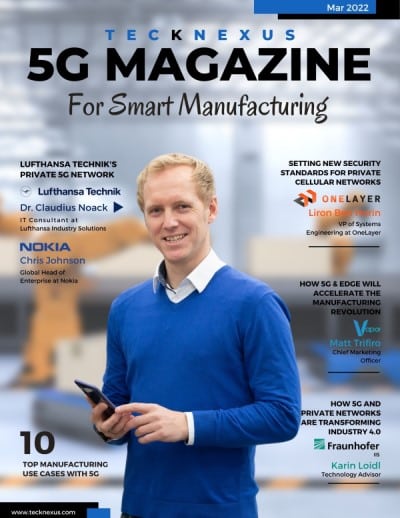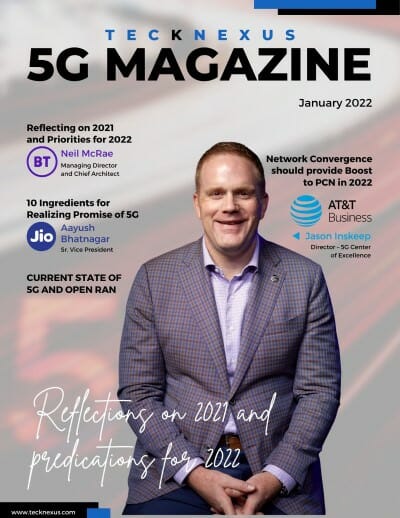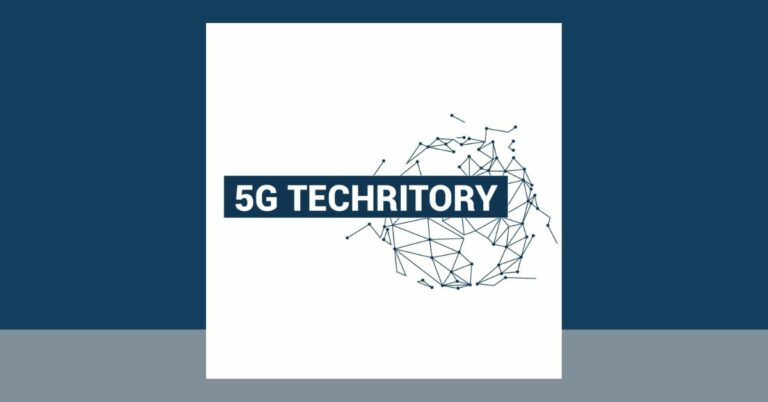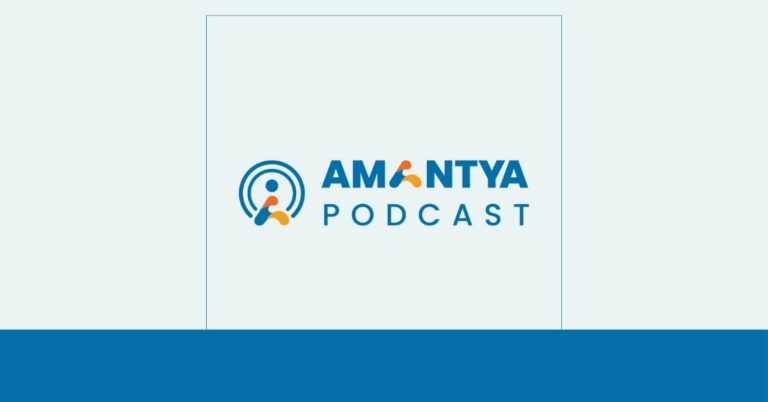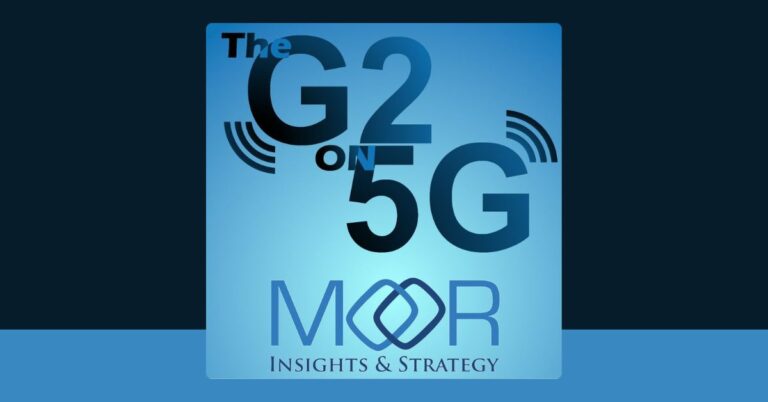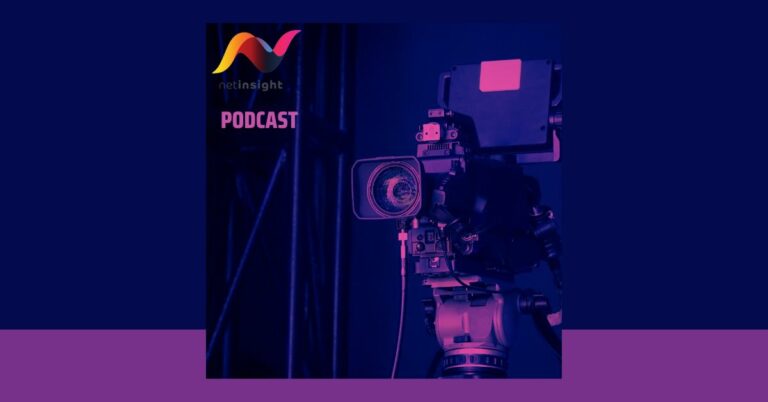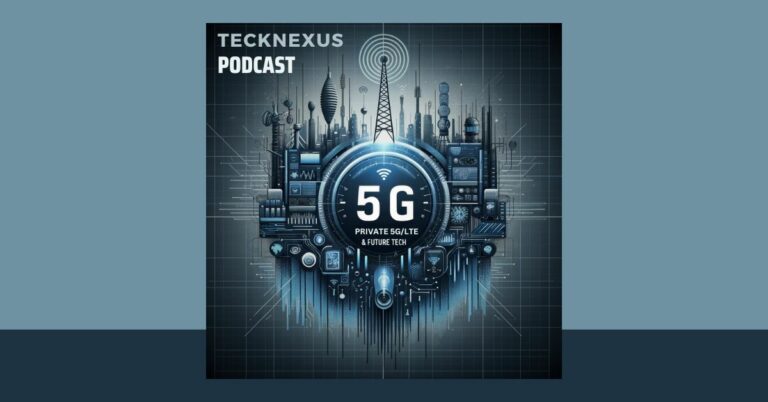In a recent collaboration, Nokia and stc have leveraged Microsoft Azure Operator Nexus to execute a pioneering trial of a 5G Private Wireless Network rooted in O-RAN technology. This trial, conducted in Riyadh, Kingdom of Saudi Arabia on the 6th of March 2024, is a testament to stc’s commitment to 5G solutions and also a stride towards empowering businesses with advanced digital transformation tools.
The Essence of Innovation
The trial underscores a pivotal moment in stc’s strategic ‘dare strategy,’ which aims to broaden the scope and scale of digital services. By integrating O-RAN’s open and interoperable network architecture, stc is set to revolutionize enterprise network connectivity, performance, and agility across various industries.
Technological Synergy
At the heart of this trial was Nokia’s O-RAN 7-2x Compliant Radios and virtual Distributed/Centralized Units (vDU/vCU), operating on the Azure Operator Nexus hosted on the HPE ProLiant DL110 Gen11 server with In-Line L1 acceleration. This setup not only demonstrated the robustness of Nokia’s anyRAN approach but also highlighted the versatility of cloud-native 5G networks in supporting complex applications, such as Augmented Reality for industrial uses.
A Trio of Excellence
This collaboration between stc’s telecom mastery, Nokia’s innovative solutions, and Microsoft’s robust cloud infrastructure paves the way for a new era in private wireless networks. It represents a confluence of expertise aimed at delivering scalable, open network solutions coupled with cloud capabilities.
Voices of Leadership
Haithem M. Alfaraj, GCTO at stc, expressed pride in leading the telecom industry’s innovation curve. He emphasized the role of this collaboration in propelling digital transformation and unlocking the potential of O-RAN and cloud computing for Industry 4.0 applications.
Mark Atkinson, Head of RAN at Nokia, shared his enthusiasm about the initiative’s success, highlighting the trial’s demonstration of the potential for scalable networks and cloud integration to empower digital transformation across enterprises.
Shawn Hakl, VP of 5G Strategy, Azure for Operators at Microsoft, remarked on the significance of merging cloud computing with advanced wireless technologies. This collaboration is envisioned to drive innovation and enable businesses to fully leverage 5G and cloud potential.
Driving Digital Transformation Across Industries
The collaboration between stc, Nokia, and Microsoft is not merely about technical validation but also about demonstrating how cloud-native 5G networks can revolutionize industry practices. Sectors such as manufacturing, healthcare, education, and transportation stand at the cusp of a new era of connectivity and operational efficiency. By leveraging the flexibility and scalability of O-RAN-based solutions, businesses can unlock unprecedented levels of innovation, automation, and service quality.
Manufacturing and Industry 4.0
In manufacturing, for instance, the trial’s showcased Augmented Reality use case points to a future where factory floors are smarter, safer, and more productive. Workers equipped with AR headsets can receive real-time guidance, monitor equipment health, and conduct maintenance with precision, all powered by a reliable 5G private network. This digital overlay on physical processes heralds a significant leap towards Industry 4.0, where data-driven decisions and IoT integration streamline operations.
Healthcare Transformation
Healthcare can also see transformative benefits, with 5G enhancing telemedicine, patient monitoring, and emergency response. High-speed, low-latency networks enable real-time data sharing and remote diagnostics, improving patient outcomes and healthcare accessibility. The trial’s success underscores the potential for O-RAN-based 5G networks to support the next wave of medical innovation, from remote surgeries to AI-driven diagnostic tools.
Empowering Smart Education
Education stands to gain significantly from these technological strides. Virtual and augmented reality can become more accessible, providing immersive learning experiences that transcend geographical limitations. The flexibility of private 5G networks ensures that educational institutions can offer cutting-edge resources and collaborative tools, preparing students for a rapidly changing world.
Transforming Transportation
In transportation, 5G and O-RAN technologies promise to enhance safety, efficiency, and sustainability. From smart traffic management systems to autonomous vehicle communication, the infrastructure supported by these trials can lead to more intelligent transportation networks, reducing congestion and emissions while improving urban mobility.
Conclusion: A Connected Future
The successful trial by Nokia and stc, hosted on Microsoft Azure Operator Nexus, is more than a technical achievement; it’s a beacon for the future of digital innovation. As we stand on the brink of widespread 5G and O-RAN deployment, the possibilities for transforming industries are vast and varied. This collaboration not only demonstrates what is technically feasible but also paves the way for a more connected, efficient, and innovative future across all sectors of society.





































